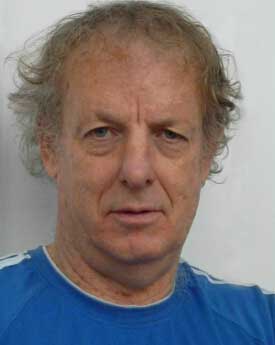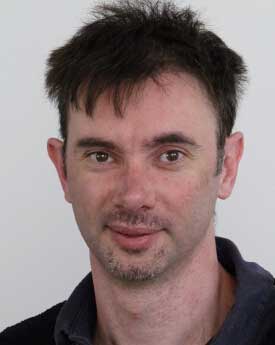About us
Most real-life applications of statistics require the use of computational methods.
This is particularly true for Bayesian statistics, where the output of an analysis is the posterior distribution — a distribution over models and parameters that quantifies the uncertainty of inferences from the data. In almost all applications the posterior distribution is intractable, and instead of analytical evaluation of probabilities and expectations we use algorithms to draw samples from the posterior. These algorithms are important in many areas of statistics, particularly when we need to average over uncertainty within our statistical models.
At Lancaster we have expertise in a range of Bayesian computational methods, including Markov chain Monte Carlo, sequential Monte Carlo and approximate Bayesian computation. A particular focus of the group is on developing new algorithms that have excellent computational properties in settings where we wish to fit complex stochastic models to large datasets. Our research is collaborative, with involvement in large multi-institutional projects that are aiming to develop the next generation of methods, motivated by applications ranging from the Health Sciences, to Engineering and Security.
The research group meets weekly over coffee, where we discuss recent papers, present our own new research ideas and hear directly from external researchers on their latest innovations. Past talks and discussions are detailed on Github.



















